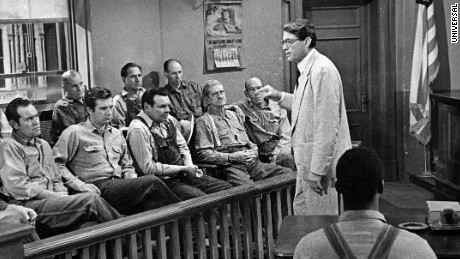I must go down to the seas again, to the lonely sea and the sky,
And all I ask is a tall ship and a star to steer her by;
–John Masefield, Sea Fever

Sitting in the bar of this giant Princess cruise ship, sipping my non-alcoholic piña colada, I’m watching outside the window as the ship rail slowly moves upward, squeezing the visible waves until the rail is level with the horizon. Then it reverses, down, down, down, until most of the window is again filled with slate blue, frosted with whitecaps. Welcome to the Atlantic swells.
We are on a TAC, as some of the veterans here call it—the TAC and the TPC—transAtlantic, transPacific crossings. We are a week at sea, to be followed by a meander up the very western coast of the European continent. Get ready to hear about the Azores, Guernsey, Bilbao, Zeebrugge, and all the spots that meet the long blue horizon. But first, we have to get there. I am thinking of the others who came before me, though at first they mostly traveled in the other direction. Like Columbus, the Pilgrims, the kidnapped Africans, and the Irish.
Decent Sailor, Incompetent Governor, Expert Colonizer
One myth about Columbus is that as he sailed out of Palazzo Muger, he saw the ships with the 40,000 Jewish exiles who had just been expelled by Ferdinand and Isabella in August 1492. The timing was probably coincidental, though it conjures a great picture.
By 1492, the master sailors in Venice dominated the Mediterranean while the Portugese had a near monopoly on trade down the African coast. The Catholic monarchs, who had only recently merged Aragon and Castile to create a burgeoning Spanish empire, needed money to fund wars and expansion. It took a few years for that smooth-talking Genoese sailor Cristobal Colon to talk Ferdinand and Isabella into financing his trip, but by the fall of 1492, he was outfitting three ships. No jewel-selling was involved. Continue reading “The Call of the Running Tide (Crossing the Pond II)”


